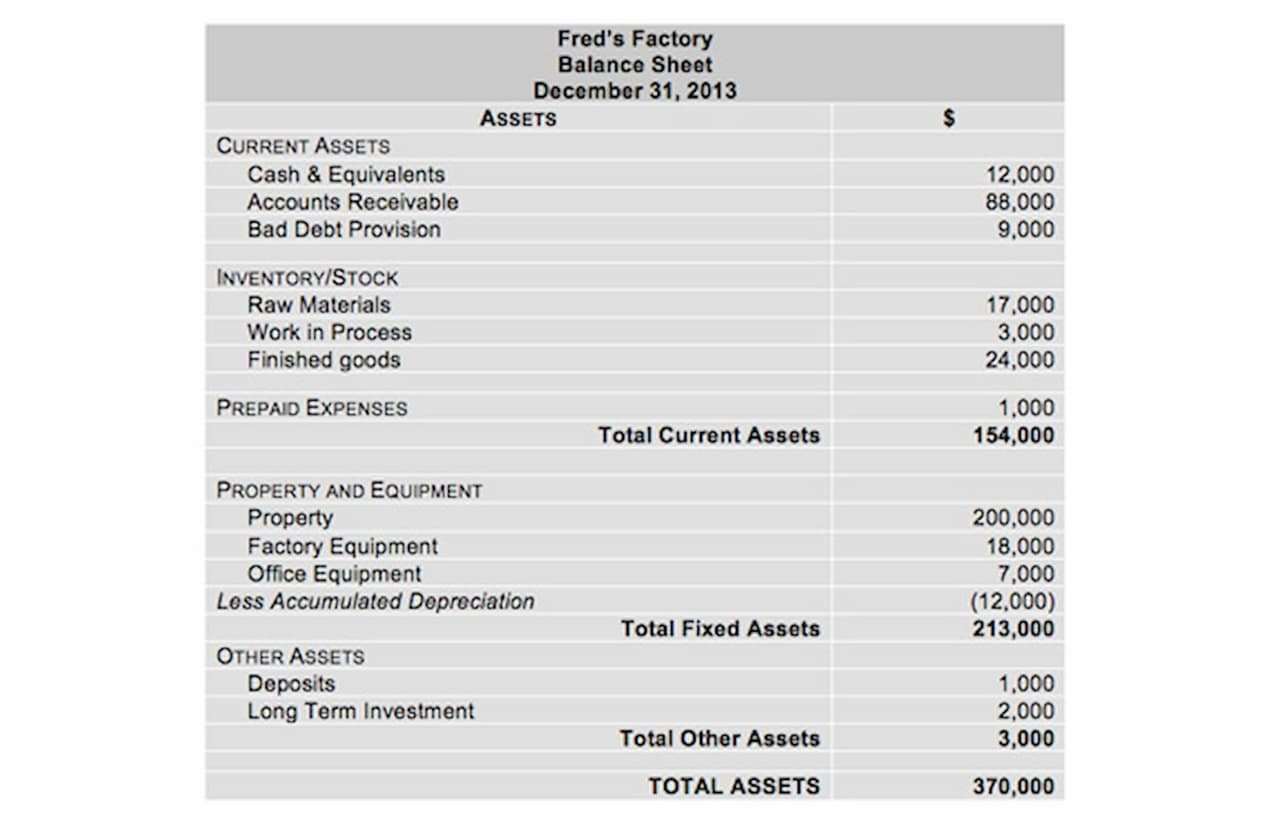LIFO assumes the most recently purchased goods are sold first, which typically results in a higher cost of goods sold. This increases the expenses that a business can claim, reducing its overall taxable income. LIFO is banned under the International Financial Reporting Standards that are used by most of the world because it minimizes taxable income. That only occurs when inflation is a factor, but governments still don’t like it. In addition, there is the risk that the earnings of a company that is being liquidated can be artificially inflated by the use of LIFO accounting in previous years.
Last In, First Out Inventory (LIFO) Method Explained
Under FIFO, older (and therefore usually cheaper) goods are sold first, leading to a lower average cost of goods sold. We’ll explore the differences between FIFO and LIFO inventory valuation methods and their relationship to inventory valuation, inflation, reporting, and taxes. We’ll also examine their advantages and disadvantages to help you find the best fit for your small business. Generally, business owners consider FIFO to be a more logical choice because companies prefer using up their old inventory at the beginning. However, LIFO is a strategically valuable accounting method that is most useful during inflation.
- For example, only five units are sold on the first day, which is less than the ten units purchased that day.
- CAs, experts and businesses can get GST ready with Clear GST software & certification course.
- When reviewing financial statements, this can help offer a clear view of how your current revenue relates to your current spending.
- So out of the 14 units sold on January 6, we assign a value of $700 each to five units with the remainder of 9 units valued at the cost of the next most recent batch ($600 each).
LIFO method and inventory valuation
- So, it is not an accepted method under the taxation rules of many countries worldwide, including India.
- The Last-In, First-Out (LIFO) method, like any accounting strategy, comes with its own set of advantages and disadvantages that businesses need to consider carefully.
- In this article, we delve into critical aspects of this accounting approach to offer a clearer perspective on whether the LIFO method aligns with your business needs.
- It might have a negative impact on the investment and stock price of the company.
- This means that all units that were sold that day came from the previous day’s inventory balance.
- Benefits include current earnings valuation accuracy and cash flow improvement, while downsides involve incompatibility with international standards and higher taxes.
- LIFO, or Last In, First Out, is an accounting system that assigns value to a business’s inventory.
The most important benefit is that it allows a comparison between LIFO and FIFO and the ability to understand any differences, including how taxes might be impacted. LIFO reserve is an accounting term that measures the difference between the first in, first out (FIFO) and last in, first out (LIFO) cost of inventory for bookkeeping purposes. Consider Tina’s stationary business, which faces rising costs for manufacturing supplies.
- In periods of rising prices, constant increases in costs can create a credit balance in the LIFO reserve, which results in reduced inventory costs when reported on the balance sheet.
- This can make it appear that a company is generating higher profits under FIFO than if it used LIFO.
- FIFO differs in that it leads to a higher closing inventory and a smaller COGS.
- The cost of the remaining items under FIFO is $5,436; under LIFO the cost is $4,800.
Create a Free Account and Ask Any Financial Question
However, if you only had 10 units of your oldest inventory in stock, you would multiply 10 units sold by the oldest inventory price, and the remaining 5 units by the price https://www.bookstime.com/ of the next oldest inventory. Using the FIFO inventory method, this would give you your Cost of Goods Sold for those 15 units. Changing your inventory accounting practices means filling out and submitting IRS Form 3115. Sticking to a method of inventory valuation is key in keeping tax-ready books.
When pre-tax earnings are lower, there is a lower amount to pay taxes on, thus, fewer taxes paid overall. LIFO, or Last In, First Out, is a method of inventory valuation that assumes the goods most recently purchased are the first to be sold. When doing calculations for inventory costs and cost of goods sold, LIFO begins with the price of the newest purchased goods and works backward towards lifo accounting formula older inventory. FIFO and LIFO also have different impacts on inventory value and financial statements.
Once March rolls around, it purchases 25 more flowering plants for $30 each and 125 more rose bushes for $20 each. It sells 50 exotic plants and 25 rose bushes during the first quarter of the retained earnings year for a total of 75 items. If prices are falling, earlier purchases would have cost higher which is the basis of ending inventory value under LIFO. In a period of falling prices, the value of ending inventory under LIFO method will be lower than the current prices. LIFO method values the ending inventory on the cost of the earliest purchases. The example above shows how inventory value is calculated under a perpetual inventory system using the LIFO method.










